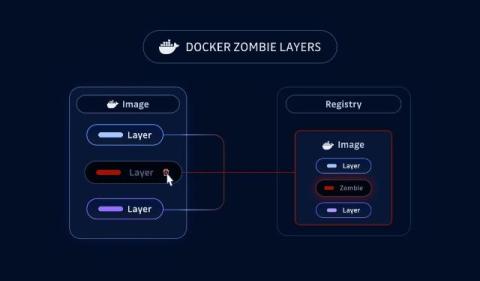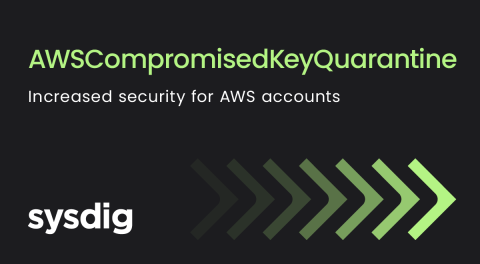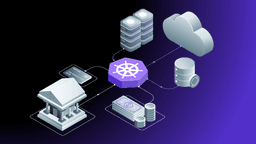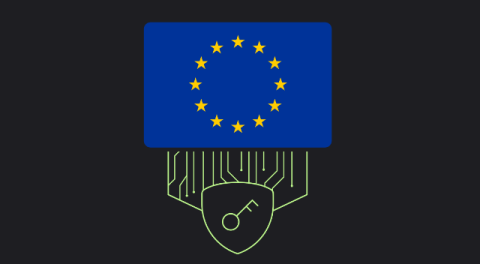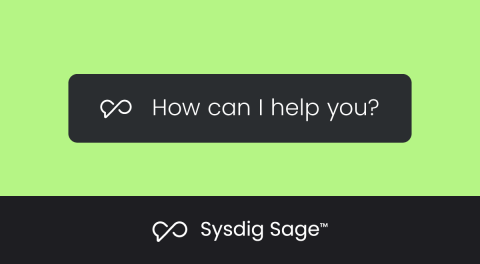Docker Zombie Layers: Why Deleted Layers Can Still Haunt You
Docker Zombie Layers are unreferenced image layers that continue to exist for weeks in registries, even after being removed from a manifest. In this hands-on deep dive, we explore how these layers can persist in registries and why ensuring the immediate revocation of exposed secrets is critical.


